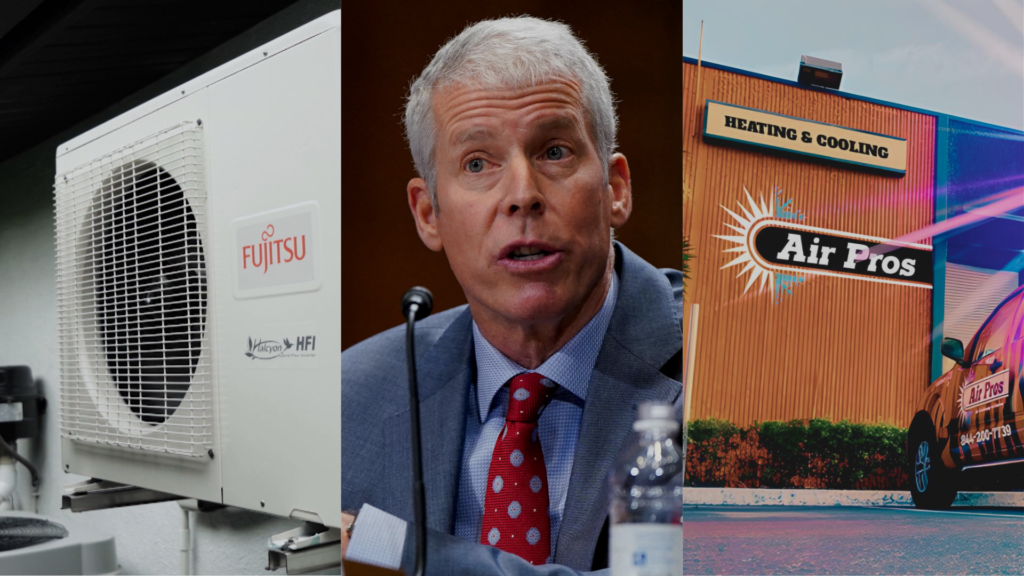Quilt plots its future in the HVAC industry
The company employs its own technicians today but will soon partner with contractors across the country

Image: Quilt
Quilt, the two-year-old HVAC startup, recently announced that its flagship heat pump achieved a 25 SEER2 rating, as certified by AHRI, making it the “most efficient 2-zone heat pump on the market.”
-
The intrigue: The company has gained lots of attention since launching, so we caught up with CEO Paul Lambert to better understand its strategy and how contractors fit in.
Catch up: Quilt manufactures a “smart, intuitive, design-forward” ductless system starting at $6,499 per zone, and raised $33 million in April. See more.
Why it matters: The company’s goal, put simply, is to accelerate the transition to heat pumps, which have outsold gas furnaces for two years in a row, according to AHRI shipment data.
-
However, Lambert notes, there’s “friction” around the transition today, which led his company to a “vertically integrated strategy of building, installing, and servicing the product,” he says.
-
This allows it to control the customer experience from end to end.
What’s happening: Quilt currently operates in the Bay Area, and while it is a manufacturer, it’s also a licensed California contractor.
-
Technicians are hired as on-staff employees and given equity in the company.
-
“It’s useful when the person doing the installation can go back to the office and sit beside the person designing the mounting bracket for that hardware,” Lambert says.
-
“That does not currently happen in the industry — there aren’t feedback loops that lead to [that kind of] product iteration.”
Yes, but: The company recognizes the limitations of hiring its own technicians across the country, so it plans to partner with contractors as it scales.
-
Lambert didn’t provide an exact timeline, but he outlined two potential approaches.
-
Quilt will either continue to perform installations itself and subcontract service and maintenance work to its contractor partners — or vice versa.
-
In both cases, homeowners will pay Quilt, and Quilt will pay contractors. He didn’t disclose any financial terms.
What’s next: Quilt will soon expand to Los Angeles and focus, over the next twelve months, on building a repeatable growth playbook.
-
Lambert says this includes refining its pre-, day-of, and post-install checklists, and warehousing and training operations.
-
The company is sold out through February, with March as the first available install date.
The bottom line: “We think the energy transition is one of the most important issues of our time, and contractors have a really important role to play in that. They’re the single most influential voice in the journey,” Lambert says.
📬 Get our stories in your inbox
Keep reading
Reddit is considering Google-like search ads
The move would add available real estate for contractors to reach customers
Yelp makes updates to boost contractor advertising
Yelp rolled out over 20 product updates as part of a larger initiative to improve its advertising offerings
HVAC’s Q1: M&A, Trump, and bankruptcy
A snapshot of first-quarter headlines from around the industry, by month


